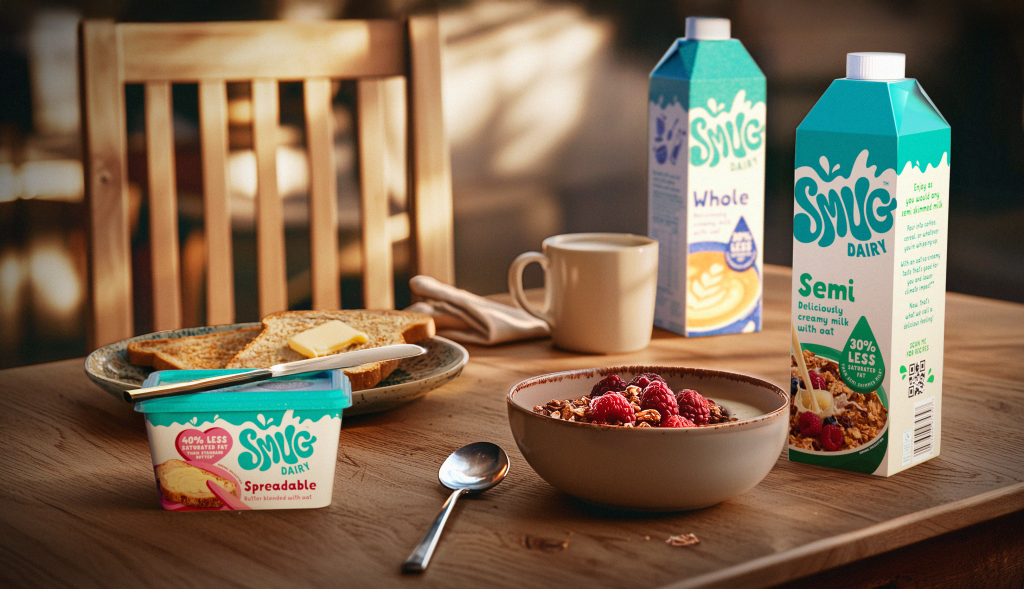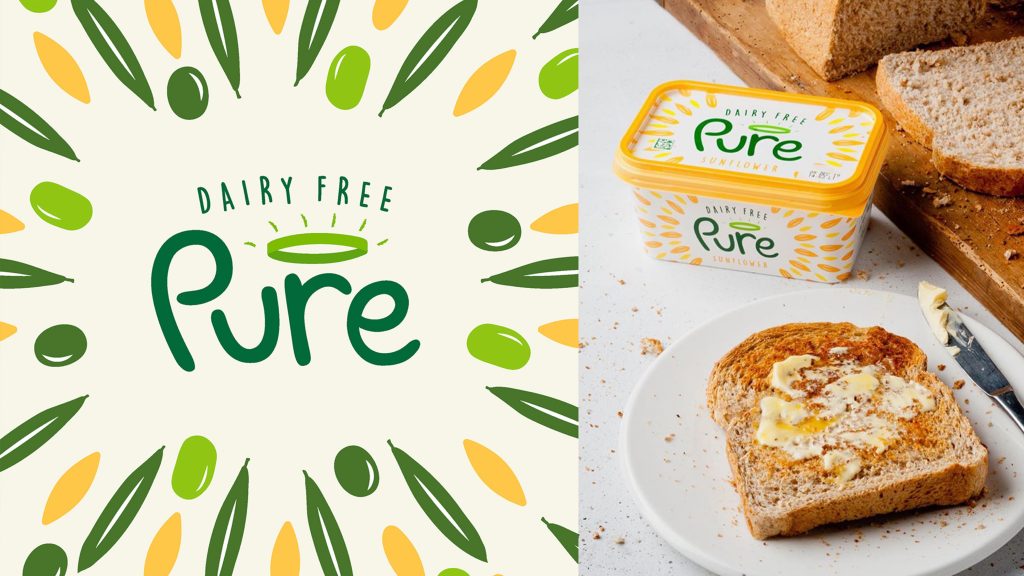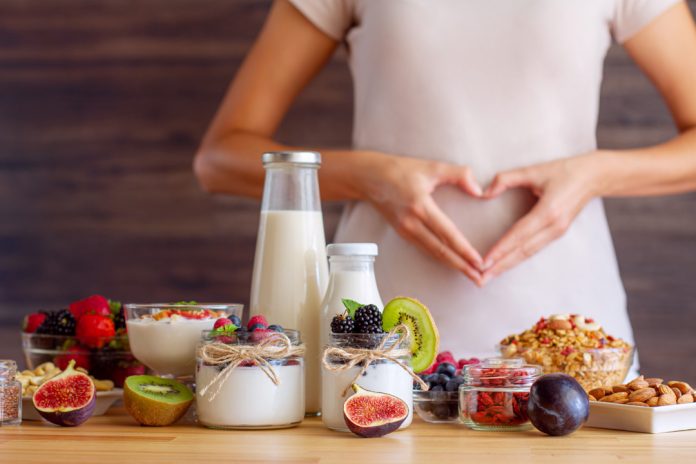Ed Hayes explores how functional dairy can cross the chasm from niche to mainstream
Cultured buttermilk, probiotic-fortified cheeses, kefirs in every flavour, reinvented cottage cheese: the dairy industry is innovating hard. And it has to. Both DEFRA in the UK and the US Department of Agriculture report that our consumption of milk has halved since the 1970s. At the same time, the global functional dairy ingredients market was valued at US$201.47 billion in 2022 and is expected to more than double to US$417.16 billion by 2032.
This split reality tells us two things. First, traditional dairy is under long-term pressure from health, sustainability and plant-based trends – fewer people see milk, butter or cheese as essential staples. Second, functional benefits have become one of the few bright spots. Consumers are drawn to products that promise support for gut health, immunity or energy. Yoghurt, kefir, cultured milk drinks and enriched cheeses have all become vehicles for wellness.
But while growth projections look impressive, simply developing new functional products is no guarantee they will resonate with mainstream consumers. Functionality alone rarely wins shoppers. New products often face scepticism, a lack of understanding, and resistance to change. Many people still associate dairy with indulgence – ice cream, butter, milkshakes – rather than with health rituals. Others recoil at the “ick” factor of live bacteria and cultures, or distrust “engineered” benefits after years of marketing spin.
To succeed, functional dairy brands need to go further than product innovation. They need to build trust, reconcile cultural contradictions, and communicate benefits in ways that are instinctive, human and relevant to everyday life. Here are three ways to make the leap from niche to mainstream.

Bridge the trust gap
New functional categories are often met with resistance. Consumers wonder: does it really work? Is it safe? Do I even want bacteria in my fridge? The gut health promise can get “too real” too quickly, turning into discussions of digestive transit and shelf life.
The solution is not to sidestep these realities but to lean into them with honesty and education. Yakult’s early UK campaigns provide a good lesson: by using a lovable nerd character to explain gut bacteria, the brand brought humour and approachability to a topic that might otherwise have seemed alien. Similarly, in personal care, once-taboo categories – from period products to toilet paper – have moved forward by showing the reality rather than hiding it.
Functional dairy can do the same. Don’t avoid the word “bacteria”; celebrate it. Lack of knowledge or misunderstanding is much easier to tackle than consumers’ imagination of what’s hidden. Quantify what’s inside in engaging ways: millions of cultures, or multiples of recommended vitamins, presented with simplicity and even playfulness, as Berocca once did with its exaggerated RDA claims. Science doesn’t need to wear a white coat. It can be joyful, witty or human.

Above all, give the product a personality. People trust people, not faceless formulas. That’s why brands like The Ordinary in beauty or Huel in nutrition have built trust quickly, by stripping back the spin and communicating in plain, human terms. That candour is a great way for functional dairy to entice new consumers.
Address cultural contradiction
Dairy occupies a paradox in our culture. On one hand, milk is a household staple, associated with nourishment and simplicity. On the other, the most vivid associations we carry are indulgent: ice cream, butter, whipped cream. Functional dairy brands have to walk a line between these identities.
The key is not to deny indulgence but to channel it. If a product claims a functional benefit, it must also taste good. But “good” does not have to mean childishly sweet. In fact, the most successful health rituals often balance pleasure with a touch of acquired complexity. Think of Greek yoghurt’s sourness, herbal teas with subtle bitterness, or even the slightly uncomfortable heat of a sauna. Consumers expect a grown-up functional ritual to flatter their discernment, not sugar-coat it.
Branding should follow this logic: rather than unambiguous pleasure cues, functional dairy can borrow the visual language of rituals, such as layered design, complexity, even a sense of effort that suggests reward. Pukka teas, for example, use intricate packaging that signals depth and nature, setting them apart from everyday English breakfast tea. Functional dairy can take a similar approach: positioning products as rituals to be enjoyed daily, not guilty indulgences to be avoided.
If brands can make functional dairy something to be enjoyed, make it grown-up indulgence. Offer consumers the satisfaction of a product that feels both delicious and discerning.

Focus on the benefits
The third step is to communicate benefits in ways that fit seamlessly into consumers’ lives. Here, functional dairy can borrow from categories like energy drinks and fortified waters, which rarely lead with science but with occasions and moods.
Red Bull didn’t build a market on its taurine and caffeine ingredients but on the occasion of “giving you wings”: winning in social or work situations. Baileys has moved from a Christmas treat to an anytime indulgence, by showing how coffee, cake, and ice cream “moments” can be elevated with a splash of Baileys.
Functional dairy can do the same by wrapping benefits in occasions and rituals. Show how a product fits into real lives: a morning yoghurt that signals energy at the desk, an evening kefir as part of a winding-down routine, or a fortified cheese that enhances a family meal. Think of the tiny Yakult (or more recently Actimel) bottle packed with cultures in a single-serving that fits easily into everyday lives without fuss or faff. This can anchor them to occasions and is how you go from niche to mainstream.
And benefits must extend to the planet. Today, it’s almost impossible to offer a health promise without an environmental one. That doesn’t mean every brand must overhaul the whole system, but it does mean taking tangible steps in the right direction – like switching to regenerative farming, using smaller herds or shifting from monocultures to diversified practices. Moves like Müller’s acquisition of Biotiful Gut Health signal that mainstream players recognise sustainability and functionality must go hand in hand.
The dairy sector cannot ignore its long decline in consumption. Nor can it deny that younger generations are increasingly aware of agriculture’s impact. But functional dairy offers a rare opportunity: to reframe dairy not as a relic of traditional diets but as the ultimate 360 wellness food. To be seen as satisfying, versatile, delicious, while – crucially – also delivering meaningful health benefits.
Ed Hayes is the Chief Strategy Officer at Bloom






